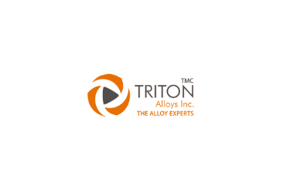This article compares carbon steel and Alloy Steel Plate Suppliers plates. It highlights five key differences for manufacturing buyers to consider when selecting materials. Understanding the differences between steels is important.
1. Carbon Content
the added alloys in alloy steels modify properties significantly.
2. Strength
Carbon steel and alloy steel plates have different compositions, which affects their strength capabilities. Adding alloying elements increases the strength of alloy steels. This helps them handle more stress and heavier loads. Manganese makes things harder and more resistant to wear. Nickel makes things tougher and more pliable. This makes alloy steel stronger pound for pound compared to plain carbon steel. When high yield or tensile strength is needed, alloy steel like IS 2062 E250C Plate is the clear choice.
3. Corrosion Resistance
Exposure to moisture or chemicals can lead to corrosion damage. The corrosion resistance of carbon steel and alloy steel differs based on composition. Plain carbon steels have little inherent corrosion resistance and require coatings or secondary processing. On the other hand, the nickel and chromium found in stainless steels boost corrosion resistance substantially. Other alloying additions also improve corrosion resistance properties. When materials will encounter corrosive environments, alloy steel is better equipped to endure without degradation.
4. Cost
In general, alloy steels like IS 2062 E350C Plate cost more than carbon steels. Plain carbon steel is inexpensive because it contains no costly alloying elements. Adding nickel, chromium, manganese, and other alloys requires extra materials and processing, which makes it more expensive. Enhanced properties, such as strength and corrosion resistance, reduce lifetime costs by improving durability and longevity. Deciding between carbon and alloy options depends on whether lower upfront or overall costs are more important.
5. Machining and Fabrication
The machinability and weldability of steel impact fabricating into parts or structures. Added alloys that boost strength often reduce machinability and weldability in the process. However, heat treatments can minimize these drawbacks in alloy steel.
Overall, carbon steel S355 Plate grades are simpler to fabricate using machining, welding, and other methods compared to higher alloy alternatives. Considering manufacturability helps dictate the ideal material grade for production.
Conclusion
Carbon steel contains iron and carbon. On the other hand, alloy steel includes additional elements to improve properties such as strength, wear resistance, and corrosion resistance. This makes alloy steel better than plain carbon steel. Alloying increases cost and can reduce machinability and weldability. Buyers can choose the best steel plate materials for their project by considering the application's tradeoffs. Alloy Steel Plate Suppliers and manufacturers like Triton Alloys Inc. have extensive experience guiding customers to ideal steel types and forms to match unique needs. Their expertise helps engineer steel components with balanced properties and cost.


Write a comment ...